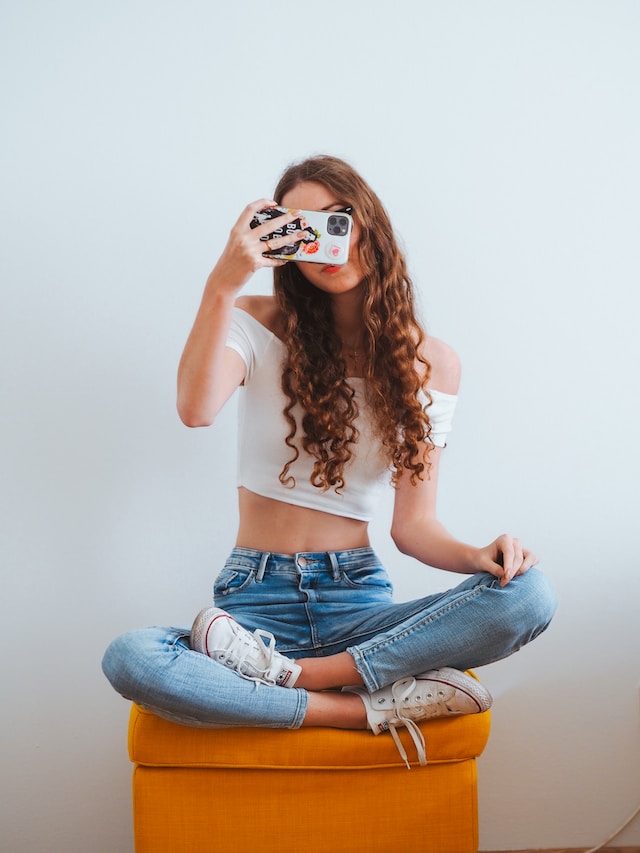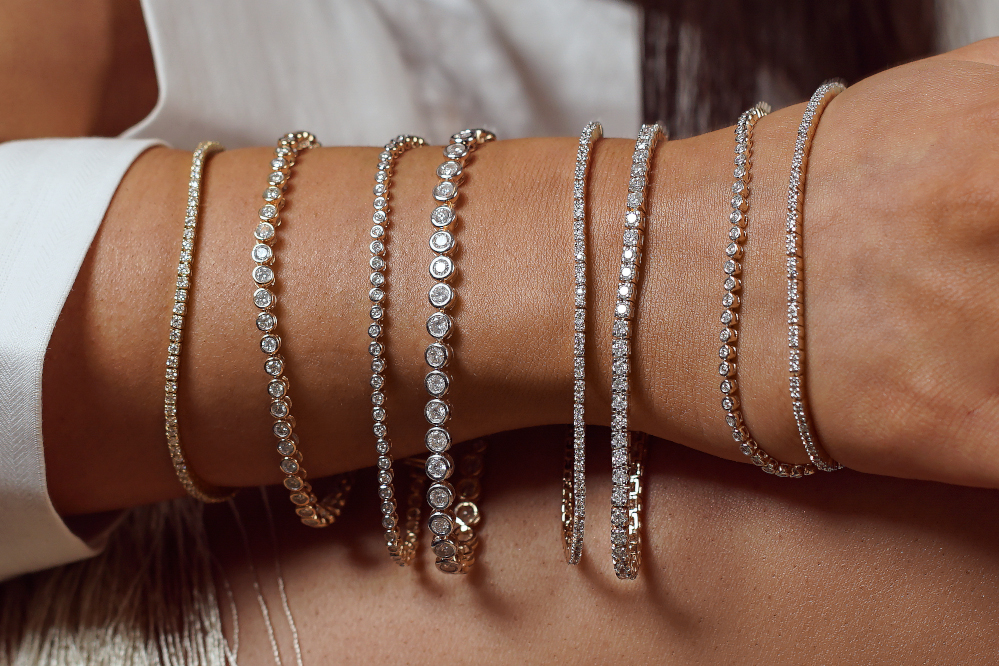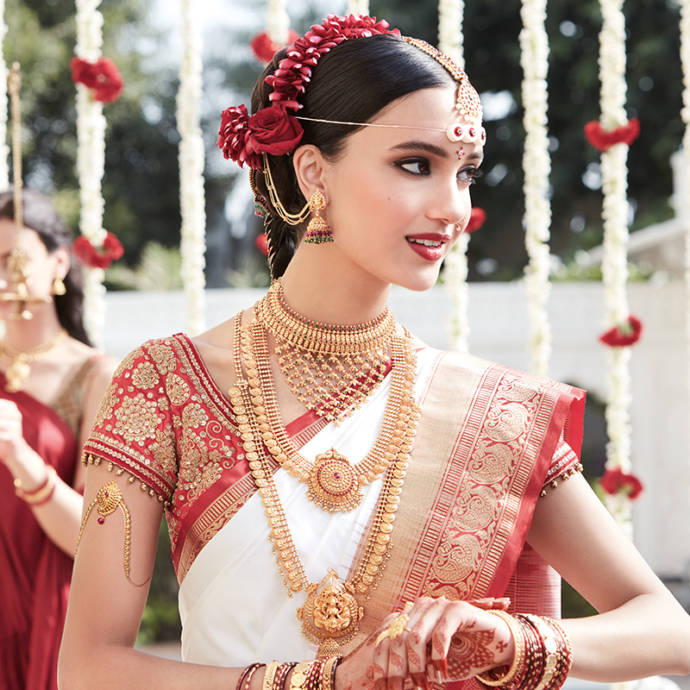Mehndi or henna is popular not only in India and Pakistan; it is getting very famous inArabic countries like Bahrain, Kuwait, Oman, Qatar, Saudi Arabia and UAE. Henna is loved not only for its beauty; it plays an important role in most social, festive and religious rituals. In most communities henna is an important ritual of a wedding function and it is usually followed by other fun filled programs like DJ nights, dances and family performances.
What is henna?
Henna is the paste made from the stems and leaves of the henna plant that grows in the hot climates of Asia..Originally it was ground to make a paste that women of this area applied it onthesoles of their feet, and in the palms of their hands. This has a cooling effect on the body through their hands and feet. The cooling effect remained as long as the paste was wet and after it dried it left a colorful pattern on the skin which lasted for about three weeks. These patterns gave the women the idea to make decorations and designs to start this tradition.
Gradually this traditional popular art form took the form of rituals and celebrations. Many cultures have made ceremonial use of these traditional henna designs. They have become an important part of anniversaries, birthday parties, and coming of age ceremonies, as well as many festivals like Eid, Diwali, Karva chauth and Raksha bandhan. The henna ceremony is an auspicious function before wedding which is expressed as happiness.
Traditional mehndi design

Look how gorgeous this mehndi pattern looks. It balances the ratio between design and space in a beautiful manner. The wrist work is impressive too. The use of geometric patterns, decorated peacock heads, curved lines and criss-cross design makes it a work of art. Try this design and you shall look enchanting.
Floral mehndi design

Each finger shows a different pattern of design which makes it even more exciting. The spiral patterns, the use of different geometric shapes, and the criss-cross design is outstanding. The large yet subtle floral pattern in the corner of the palm remains the centre of attraction for this design. You should not miss out on this pattern if you love mehndi.
Full hand aesthetic mehndi design

Each finger is covered in spiral and unique design. It is perfect for a bride to be. The most intriguing thing about this pattern is the decorated peacock heads which are then surrounded by exquisite shapes and designs. Wrists of the bride will be covered in artistic semi-circular patterns.
Heavenly floral patterns

All the four fingers are covered in small flowery patterns that are joined with one another. The thumb demonstrates a criss-cross of lines and patterns. Two beautiful peacock heads have been decorated at the lower portion of the palm. Although the design is subtle the wrists are covered in intricate work.
Minimal mehndi pattern

This design doesn’t cover all the area in the palm, it is concentrated towards the lower end. The fingers have similar and minimalistic pattern. The wrist has been beautifully decorated with shapes, thin lines and design. If you want something traditional yet minimal, then this is the best choice.
Heavy mehndi work

This work of mehndi is perfect for an occasion, party or festival. The cumulation of so many designs make it so notice-worthy. Each finger is covered in different patterns and styles. A floral pattern in one end of the palm is highlighted with several small patterns. The wrist shows a work of art that binds different designs.
Method to prepare henna paste
The leaves and stems are dried and grounded into powder. The henna powder has to be first sifted with a nylon strainer to remove chunks. A paste of this powder is made with water into a thick consistency. It is whisked well till it becomes a silky texture. This paste is poured in a plastic cone and secured tightly with a rubber band. Any type of design can be made on the hands or feet with the help of these cones. The design is left to dry for some time, later some lime and sugar is applied for the color to become deep. It is advisable not to wash for the next 8-10 hours. The dry mehndi can be removed and coconut oil applied on it.
This traditional and cultural influence of henna designs has become quite popular to women of the Western world after its popularity in the Asian countries. These are known as temporary decorations or tattoos in the West. Women use the designs to attend festive occasions, most weddings in the countries of Pakistan, India, and other Asian cultures include the beautiful designs as part of the brides makeup.
Here are some remarkable mehndi designs for the palm

This is a traditional henna design that clods the palms of a bride. The traditional motifs and patterns make the palm and fingers look beautiful.

This is a Pakistani henna design made of traditional lotus motif. Rest of the palm and fingers are covered with intricate fillings and pattern. The black colour makes the design more prominent.


This is a simple clean and attractive henna design for a bride’s palm.The palm has been adorned with a betel leaf design along with tables which is a traditional instruments used in weddings. The ascending design on the fingers enhances the beauty of the design.

This is a beautiful floral henna design on the palm in two colours. The upper space of the palm and lower part of the fingers are left vacant to make the pattern stand out.

This is another double colour floral pattern spread over the palm and fingers in an artistic manner.

Here is a beautiful leafy pattern applied in a traditional manner with the tips of the fingers fully covered.

It is a unique combination of circles, semi circles, straight and slant lines and dots. The zigzag pattern and the half-filled fingers make the design outstanding.

This is a traditional peacock pattern with intricate designs and fillings covering the full palm and fingers. It has a lotus at the base with detailed filling. It is the most apt design for a bride’s palm.





